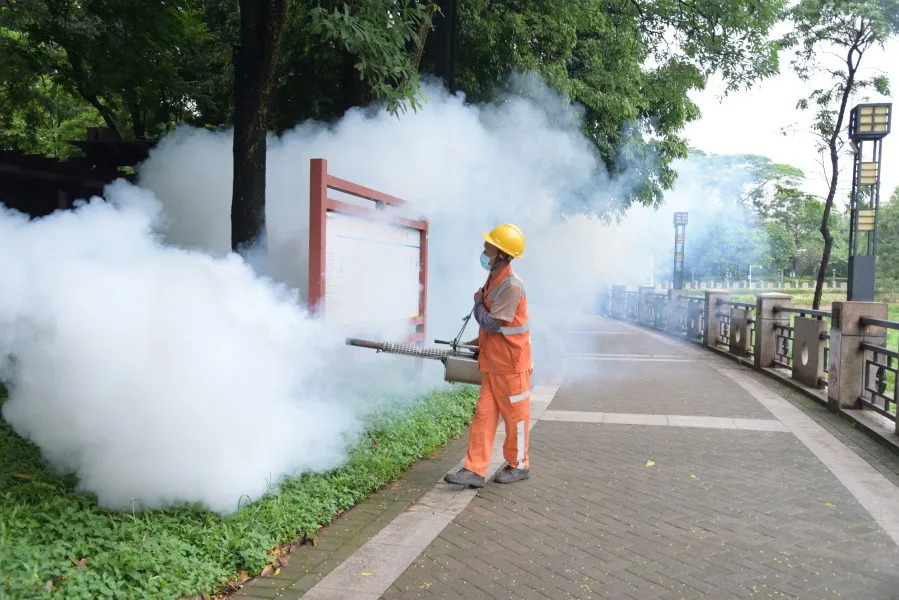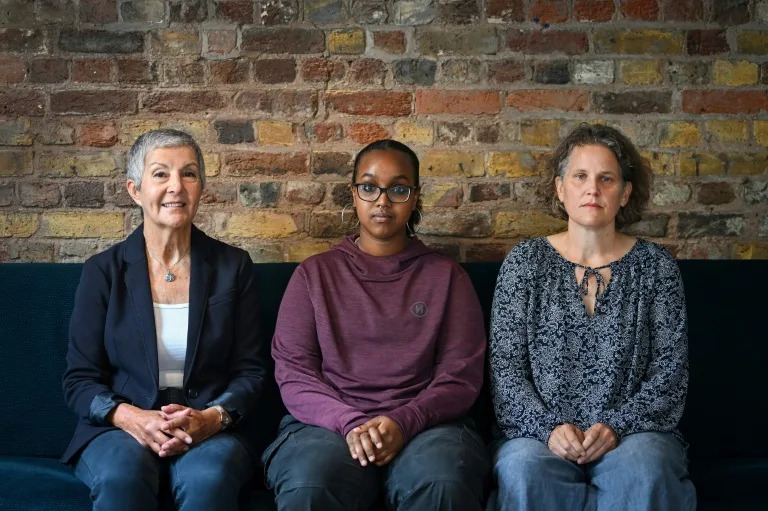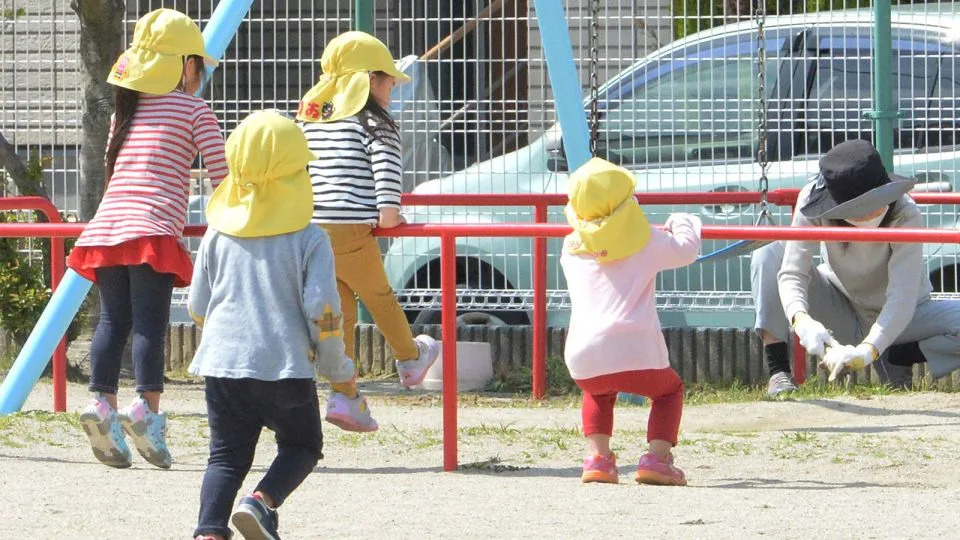
(NewsNation) — The mosquito-borne chikungunya virus is spreading rapidly through Southern China, and strict precautions are being taken by the government to curb further transmission of the disease.
What are the symptoms of the chikungunya virus?
According to the Centers for Disease Control and Prevention, the majority of people infected with the virus will experience symptoms within three to seven days after being bitten by an infected mosquito.
The most common symptoms are fever and joint pain. Other less common symptoms include headaches, muscle pain, joint swelling or rash.
Gates Foundation promises $2.5B for ‘sidelined’ women’s health
Most symptoms last about a week and are typically mild; however, in rare instances, joint pain can be more severe and last for years, according to the World Health Organization.
Symptoms can be misconstrued for other viruses or infections, so certain cases can be misdiagnosed. Young children, older adults and people with preexisting medical conditions are at a higher risk of serious complications resulting from the virus.
The virus has a very low mortality rate.
How is the chikungunya virus transmitted?
The virus is transmitted through bites from infected female mosquitoes. The two types of mosquitoes that most commonly spread the virus are the Aedes aegypti and Aedes albopictus, according to the WHO.
It is not spread through person-to-person contact.
Trump unveils medical data initiative: ‘Health care into the digital age’
What measures are being taken to control the outbreak in China?
As of Aug. 6, there have been more than 7,000 reported cases in China, according to The Associated Press.
According to the AP, Chinese authorities are taking several steps to slow the spread, including:
Regularly fogging and disinfecting public areas
Distributing and putting up mosquito nets
Forcing infected individuals into prolonged hospital quarantines
Fining people who don’t get rid of stagnant water
Adding fish to rivers to eat mosquito larvae
Releasing large mosquitoes to eat smaller, virus-carrying mosquitoes
Deploying drones to locate mosquito breeding grounds
The Guangdong Provincial Health Commission also put out a “Patriotic Health Campaign” to remind residents to clear stagnant water, implement personal protections and commit to working together “to build a healthy environment.”
What is the impact of the chikungunya virus outbreak on the local population?
According to local news outlets, the virus has seen the majority of its outbreaks in the Shunde District of Foshan, located in the Guangdong province.
“By 30 July, Guangdong reported over 6,500 cases, with Foshan making up nearly all of them. Shunde District alone counted 4,208 cases,” the Chiang Rai Times reported.
HHS ends millions in federal funding for mRNA vaccines
How can individuals protect themselves from the chikungunya virus?
Individuals can protect themselves from the virus by taking extra precautions to avoid mosquito bites.
The CDC recommends using Environmental Protection Agency-registered insect repellent, wearing long-sleeved shirts and pants, using insecticide on clothing and lodging indoors in air-conditioned spaces or behind screened windows.
According to the CDC, there are two vaccines currently available in the U.S:
IXCHIQ: A live-attenuated vaccine that uses a weakened form of the chikungunya virus to prompt an immune response to help prevent disease.
VIMKUNYA: A virus-like particle vaccine that uses a molecule that resembles the virus closely enough to prompt an immune response to help prevent illness. This vaccine does not use a live or weakened form of the chikungunya virus.
Outside of the U.S., these vaccines are not yet common, and it is unclear if they are offered in China.
Health experts warn Benadryl may not be as helpful as once thought
What treatments are available for the chikungunya virus?
According to the CDC, there is no antiviral treatment for the virus.
Recommended treatment includes rest, ingesting plenty of fluids and use of analgesics and antipyretics. Nonsteroidal anti-inflammatory drugs can also be used to help with acute fever and pain, according to the CDC.
Illinois schools to implement annual mental health screenings starting in 2027
Are there any travel restrictions due to the chikungunya virus outbreak in China?
The CDC issued a Level 2 alert for travel to Guangdong province. The alert advises travelers to “Practice Enhanced Precautions.”
How does the virus compare to other mosquito-borne diseases?
Chikungunya has similarities to the Dengue and Zika viruses. Primarily, all three are spread through the same type of mosquitoes and share symptoms like fever, rash and joint pain, according to ePainAssist.
Unlike chikungunya and dengue, Zika can also spread sexually and from mother to fetus.
Chikungunya stands out for causing more intense joint pain; however, “Dengue has a higher risk of severe complications, including hemorrhage and shock, while Zika is particularly concerning for pregnant women due to the risk of congenital abnormalities,” according to ePainAssist.
UnitedHealth dropping some Medicare Advantage plans, impacting 600K
What is the history of the virus?
According to The Journal of Infectious Diseases, the chikungunya virus was first discovered in Tanzania in 1952, with outbreaks spreading through Africa and Asia in the decades that followed. The virus resurged in 2004 with major outbreaks in Kenya, which then spread to islands in the Indian Ocean, India and Southeast Asia. In 2013, the virus reached the Caribbean and the Americas and became a global health concern.
“The name chikungunya derives from a word in the Kimakonde language of southern Tanzania, meaning ‘that which bends up’ and describes the contorted posture of infected people with severe joint pain,” according to the WHO.
Copyright 2025 Nexstar Media, Inc. All rights reserved. This material may not be published, broadcast, rewritten, or redistributed.
For the latest news, weather, sports, and streaming video, head to NewsNation.







Comments